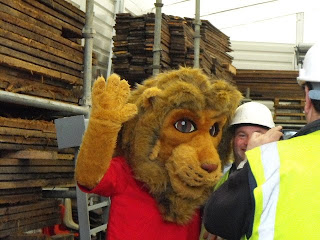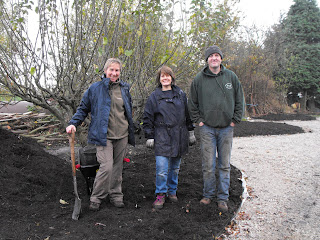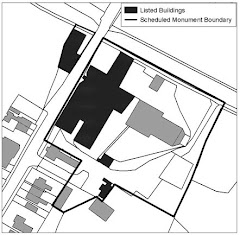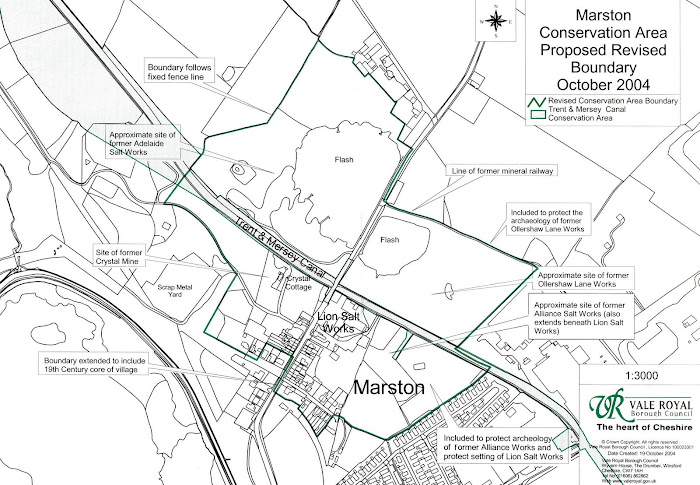This project is funded by INEOS Enterprises through the UK Government's Landfill Communities Fund (previously known as the Landfill Tax Credit Scheme). The grant is administered by The Mersey Forest.
http://www.ineoschlor.com/socialresponsibility/landfill.shtml
40 hedging plants have been provide through The Mersey Forest from FOUNDATION a climate fund for the Northwest.
The main buddlea plants will be planted in the spring with the ground cover plants also favourites with butterflies and moths.
These shubs and taller trees will provide the architecture and colour in the winter.
The main buddlea plants will be planted in the spring with the ground cover plants also favourites with butterflies and moths.
These shubs and taller trees will provide the architecture and colour in the winter.

























































